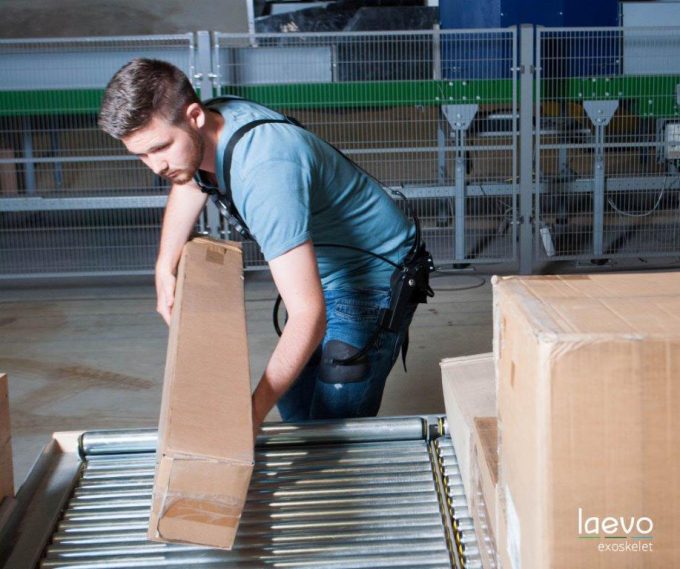US tariff policy 'unsustainable and only temporary', says Geodis VP
Logistics services providers (LSPs) are feeling the impact of the downturn in the EU’s automobile ...

In one of those curious incidences where life imitates art, Geodis has introduced the use of exoskeletons – external bracing – at its distribution facility in Venlo, the Netherlands.
A future with exoskeleton technology was vividly brought to life in the 2013 film Elysium, starring Matt Damon, who spends ...
Predatory rivals circle as the ripples from DSV's Schenker buy widen
MSC Elsa crew face criminal probe, as Wan Hai 503 firefighters battle on
Latest Israeli attack on Iran a threat to box ships in Straits of Hormuz
Industry concerns rise after yet another box ship on fire off Indian coast
'It's driving us mad', say forwarders as US court fails to end tariff turmoil
DHL Express facilities in Canada forced to shut down by strike
European port congestion easing – for now
More legal trouble in India for MSC: feeder vessel detained after box ship disasters

Comment on this article